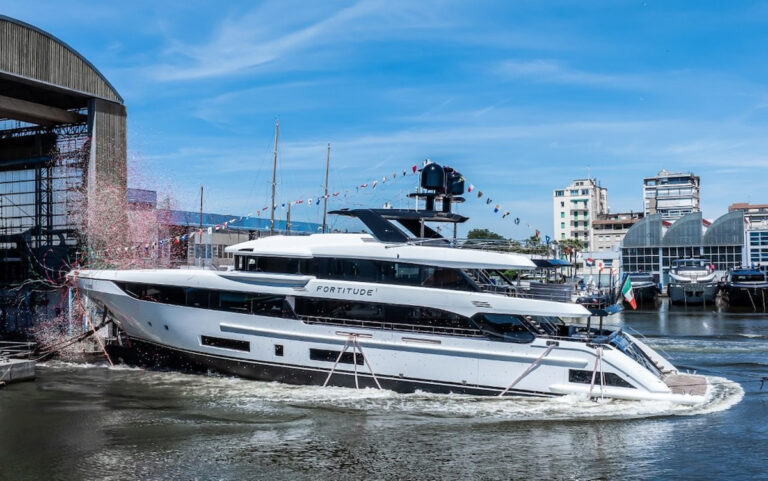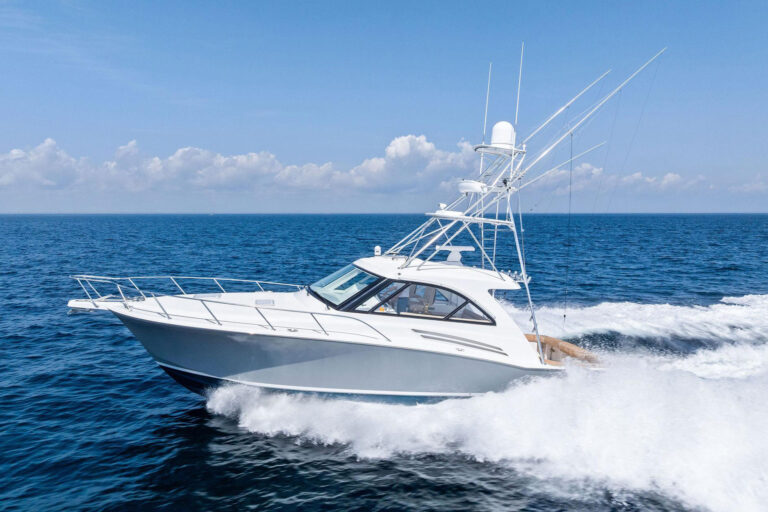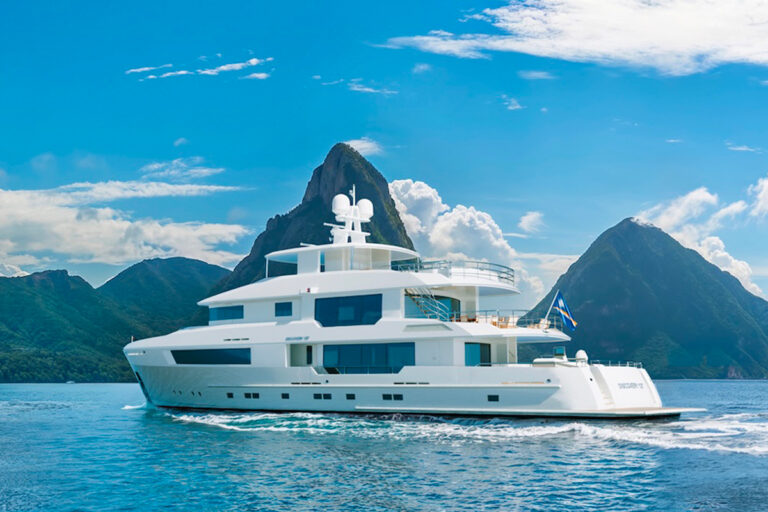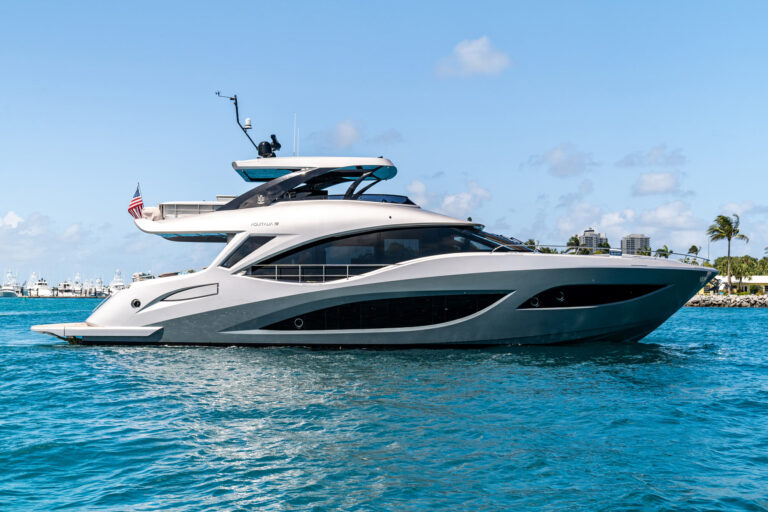One of the worst events on a sailboat is known as an accidental gybe. This is where in the boat, sailing nearly downwind with sails including the main and its supporting boom out to the one side, gets hit by a wind shift, causing failure of the helmsman or the autopilot to be able to maintain a course. This may “accidentally” turn the boat such, as so the wind now comes on the other side of the main and it’s boom, resulting in the boom slamming across with great velocity, and often potentially causing considerable damage. Well, it happened a day or so ago, and here is how.
I was below and up forward when I suddenly became aware that the wind was picking up and we were changing course. As I started back to the cockpit to get to the controls and helm, I realized a squall had hit with intense winds. The boat heeled over to at least 45 degrees, instead of its usual 20 degrees. By this time, I was mid-ship in the galley, and struggling with the boat’s speed and angle. Getting to the cockpit, I saw the wind in the squall had hit 35 knots (38 mph), the rain was pelting down and the autopilot was beeping, indicating it had lost control. As I got to the helm to take over, the boat gybed – I was too late. The boat spun into a new course. The wind backed the main and the boom came crashing over. As it did so the strap that holds the sheets that control the main sail gave way. The detached block became a missile and struck me on my right, lower back with such a forced my knees buckled. The boom now swung wildly and with great force, slamming up against the shrouds – the rods that hold the mast in place.
I regained control of the helm and steered a calmer course while plotting what to do next. Over the next two hours, I managed via a line at the end of the boom known as a preventer, to bring the boom back, reattach the sheets, and then get back on course. The only other collateral damage is that one of the plastic rods that help give the sail its shape, known as a batten, had broken when it hit the shrouds and slid out of its pocket into the sea.
The above is the reason why I have not yet slept in my cot berth below decks. Because of the frequency of squalls, as many as a dozen a day in this inter-tropical convergence zone off the north coast of Brazil, I have chosen instead to sleep in the cockpit just six feet from the helm. –S.P.









